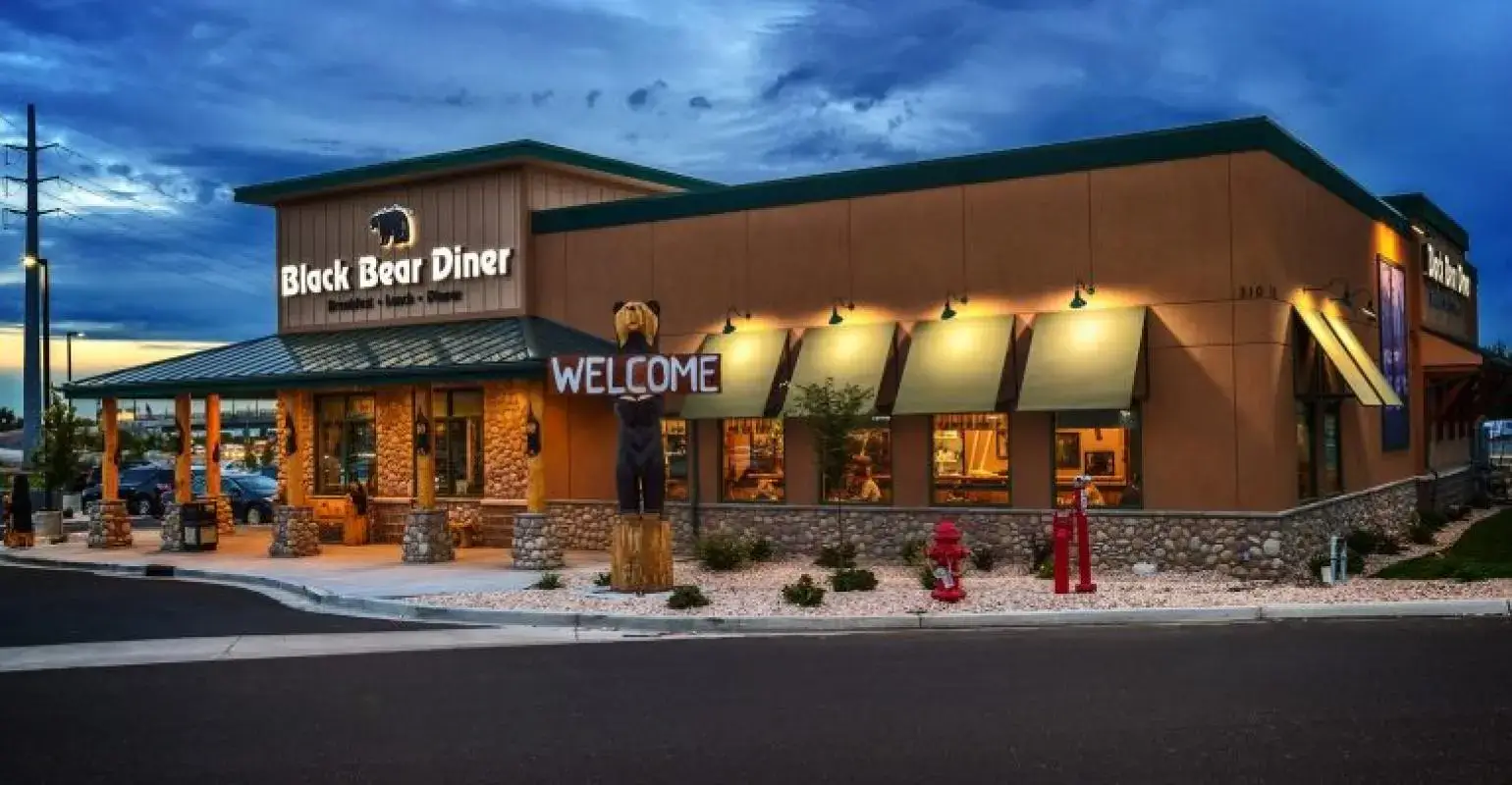Black Bear Diner CEO Anita Adams said the restaurant chain is getting back to its pre-pandemic development pace with new markets under consideration.
California-based Black Bear Diner is getting back to its pre-pandemic growth cadence, with about 14 new restaurants planned for 2024. The class includes new franchise partners growing the brand’s footprint in its 13 existing states, though CEO Anita Adams also has her sights on 2025, which she believes will include new markets.
“Right now, we’re studying Florida,” she said during an interview at the ICR Conference last week in Orlando. “We also continue to believe there’s more we can do in Texas and so we’re digging deep and asking, ‘what is the potential here?’”
Related: Black Bear Diner retains off-premises sales as dine-in recovers
The potential, she adds, is eventually becoming a “coast to coast” brand.
“We have a right to win,” she said.
There are several factors at play giving Adams such confidence. For starters, things are returning back to normal, including “more palatable” inflation levels and macroenvironment in general.
“I feel like there’s so much pent-up energy, the desire to get back to normalcy. I look at our business and we’ve got a solid development pipeline going in. We’ve finally caught back up and reignited that engine,” she said. “There’s a sense of settling in.”
Additionally, the company has a much bigger off-premises business than it did four years ago – no surprise there, but it’s changed the company’s model and is driving higher average unit volumes. The chain’s off-premises mix is now around 15% from 7% in 2019, and AUVs have grown to about $2.8 million now from about $2.5 million then.
“15% feels like a good place for (off-premises). It’s a channel we’ll continue to protect and market,” Adams said. “It’s filled a gap and allowed us to leverage that incremental capacity in our diners. It’s a different guest than the guest that comes in and enjoys a four-wall experience. We believe it’s a profitable revenue channel.”
As such, Black Bear has increased its investments in to-go packaging and technology and has also reconfigured its restaurant designs to serve different guests ordering through different channels. On the tech side, the company added (kitchen display system) routing that allows employees to take advantage of two lines when needed, and has also added handheld ordering tablets for its servers. Adams said this provides a faster and more accurate experience while also increasing throughput. Further, Black Bear has moved the location of its packaging to improve operational flow, and introduced pickup windows in the foyer so drivers or off-premises guests don’t even have to step into the lobby.
“All of those things have eased the pressure,” Adams said. “Recognizing the change in the business and just meeting two different guest needs is what we’re after. We hold dear the guest who comes in and dines with us. We believe the hospitality is unique to us, so protecting that in our four walls is critical. We love those guests who are taking it out, but we don’t want to disrupt those dining in.”
The company has been nimble to meet the changing demands of its consumers as well as the changing environment for its franchisees. In response to higher construction costs – 25% higher in 2022 versus 2019 – the company spent the past year reengineering its prototype to “shrink the box down but still positioning ourselves to be able to deliver $3 million-plus in sales,” Adams said.
“We’re excited to get that investment cost down to something that’s pretty conservative. We like to underwrite at the low end of our AUVs just to give ourselves room and posting 30% cash-on-cash is what we’ve been doing. We want to continue to do that without stretching the AUVs,” she said.
This effort is the driver behind Black Bear’s return to a normal” development pace and, as it expands, the company is leveraging a site selection tool projecting opportunities that fit a $2.8 million average and above.
“It throws up 800 dots when we drop pins on the map and ask for those opportunities,” Adams said. “Do we have that pipeline built at this point? No, but it speaks to the portability of the brand. This brand will absolutely be a nationwide brand. We just need to continue to be disciplined about our growth – to take the time, ensure we’re comfortable, we’re not shortcutting. That will set us up for success.”


